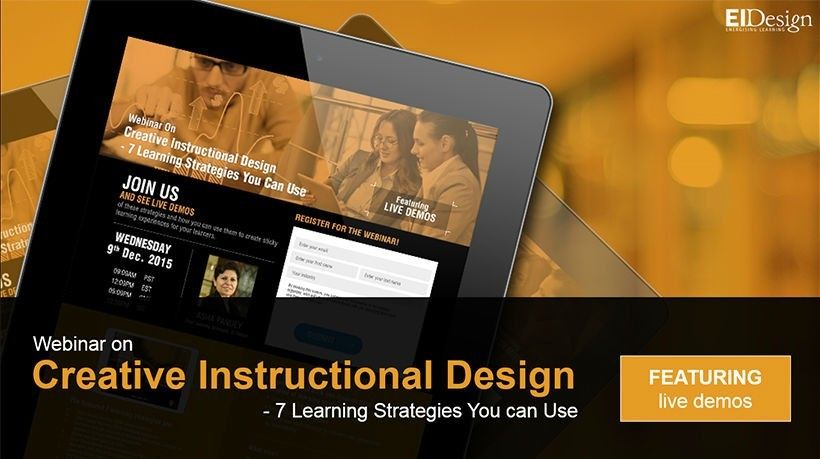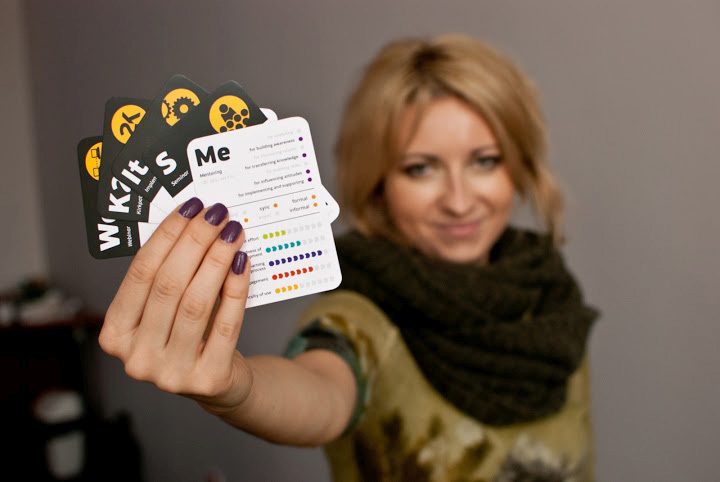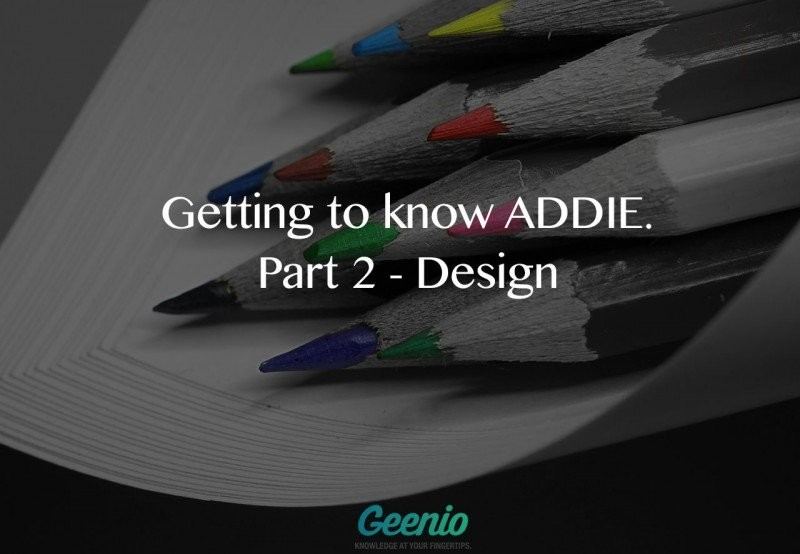December 22, 2015
5 Tips To Improve Your Instructional Design Skills In 30 Days
As the saying goes: “Knowledge is power”. But you have to develop the necessary skill set to use that power effectively. In this article, I'll share 5 tips that can help you improve your Instructional Design skills within 30 days.
by Christopher Pappas











